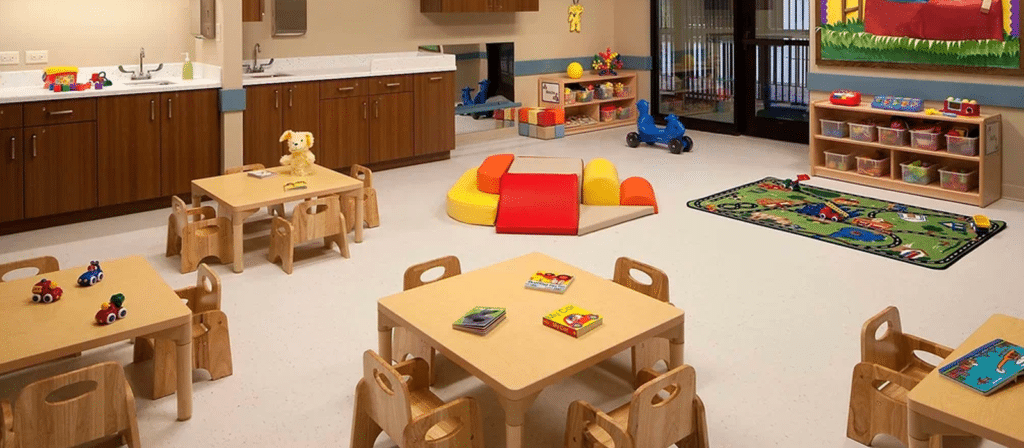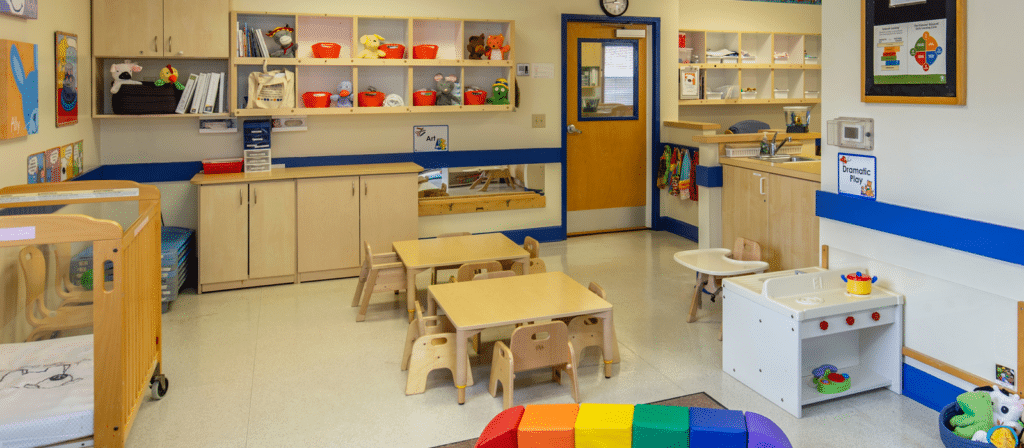Are you curious about how Montessori furniture design can ignite and nurture children’s creativity? Join us as we explore the captivating world of furniture design that sparks imagination, promotes exploration, and enhances creativity in Montessori environments.
Enhancing Creativity through Montessori Furniture Design is achieved by creating purposeful and stimulating learning spaces that inspire children’s imagination, encourage self-expression, and foster a sense of wonder. Thoughtfully designed furniture plays a vital role in cultivating an environment that nurtures and enhances children’s creativity.
But what exactly is Montessori furniture design?
Montessori education is an educational approach developed by Dr. Maria Montessori that emphasizes independence, freedom within limits, and respect for children’s natural psychological, physical, and social development. Montessori furniture design follows these principles by providing children with furniture that is specifically tailored to their needs and encourages self-directed learning and exploration.
How does Montessori furniture design enhance creativity?
Montessori furniture design fosters creativity in several ways. Firstly, it promotes independence and autonomy by providing children with furniture that is accessible and scaled to their size. This allows children to freely explore and engage with their environment, which in turn stimulates their imagination and creativity.
Secondly, Montessori furniture design incorporates natural materials and simple, open-ended designs. This creates an environment that is aesthetically pleasing and free from distractions, allowing children to focus on their creative pursuits. The use of natural materials also provides a sensory experience that can inspire imaginative play and artistic expression.
In what ways can Montessori furniture design be implemented?
Montessori furniture design can be implemented in various areas of a child’s environment, including the bedroom, playroom, and even the classroom. For example, in the bedroom, a Montessori-inspired bed can be designed to be low to the ground, allowing children to easily get in and out of bed on their own. This promotes independence and encourages children to take ownership of their bedtime routine.
In the playroom, Montessori-inspired shelving units can be used to display toys and materials in an organized and visually appealing way. This not only encourages children to engage in independent play but also fosters a sense of order and responsibility.

What are the benefits of Montessori furniture design?
One of the key benefits of Montessori furniture design is that it promotes a sense of empowerment and self-confidence in children. By providing them with furniture that is designed specifically for their needs, we are sending the message that their independence and creativity are valued and supported.
Additionally, Montessori furniture design encourages children to develop important life skills, such as problem-solving, decision-making, and self-regulation. By creating an environment that allows children to freely explore and engage with their surroundings, we are fostering the development of these essential skills.
Are there any studies that support the effectiveness of Montessori furniture design?
While there is limited research specifically focused on the impact of Montessori furniture design on creativity, studies have shown the positive effects of Montessori education on children’s overall development. Research has found that Montessori education promotes creativity, independence, and problem-solving skills in children. These findings suggest that Montessori furniture design, which is an integral part of the Montessori educational approach, can also have a positive impact on creativity.
How can parents and educators incorporate Montessori furniture design?
Parents and educators can incorporate Montessori furniture design by carefully selecting furniture that aligns with the principles of Montessori education. This includes furniture that is child-sized, accessible, and made from natural materials. It is also important to create an environment that is organized, aesthetically pleasing, and free from unnecessary distractions.
By embracing Montessori furniture design, parents and educators can create an environment that nurtures children’s creativity and fosters their overall development. This approach to furniture design not only enhances the learning experience but also contributes to the development of confident, independent, and creative individuals.

Conclusion
Montessori furniture design offers a unique and effective way to enhance creativity in children. By providing furniture that is tailored to their needs and encourages independence, Montessori furniture design fosters a sense of empowerment and stimulates imagination and creativity. Incorporating Montessori principles into furniture design can have a profound impact on children’s overall development, promoting important life skills and nurturing their creativity. So why not embrace Montessori furniture design and create an environment that inspires and supports the next generation of creative thinkers?/












